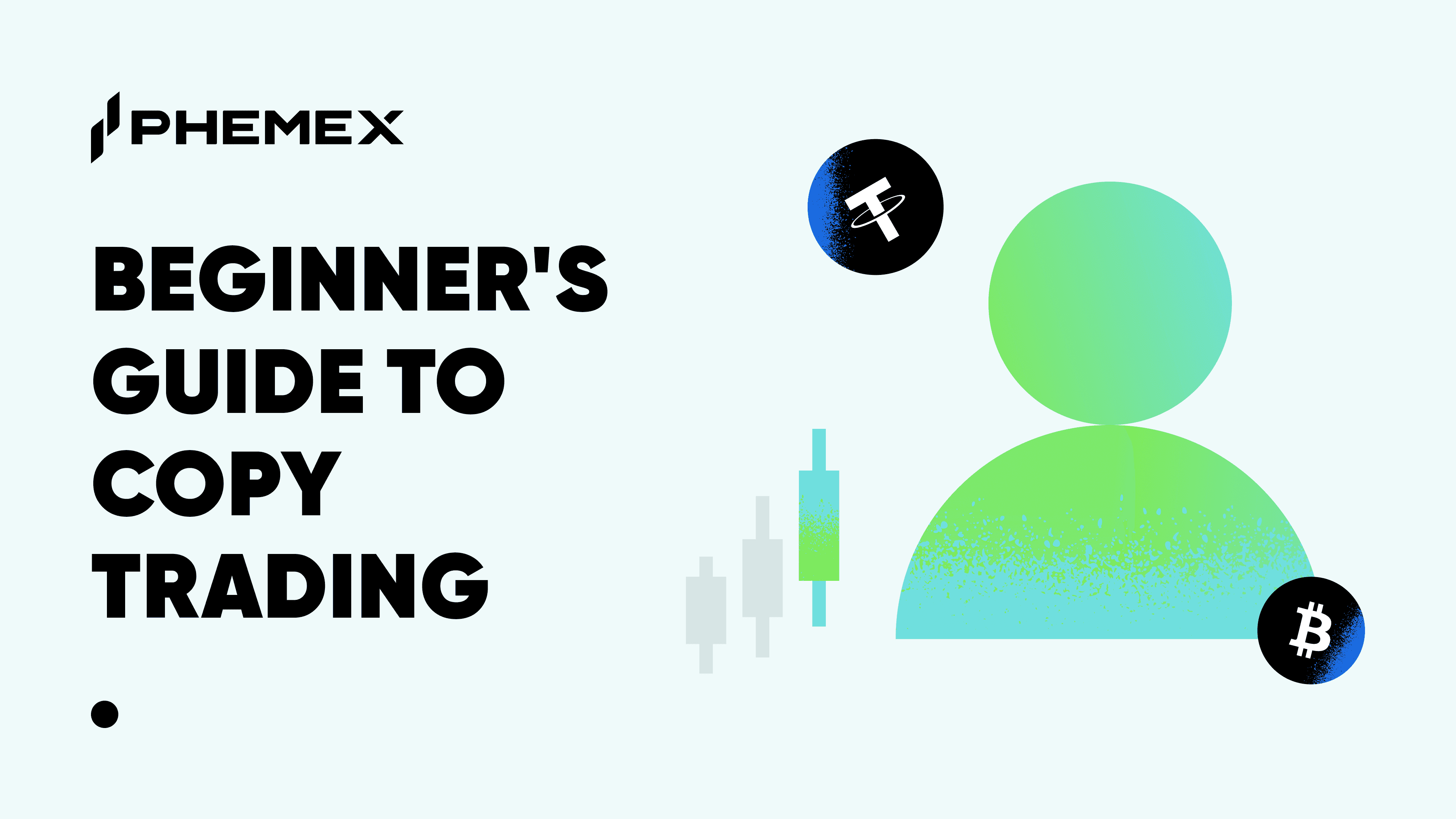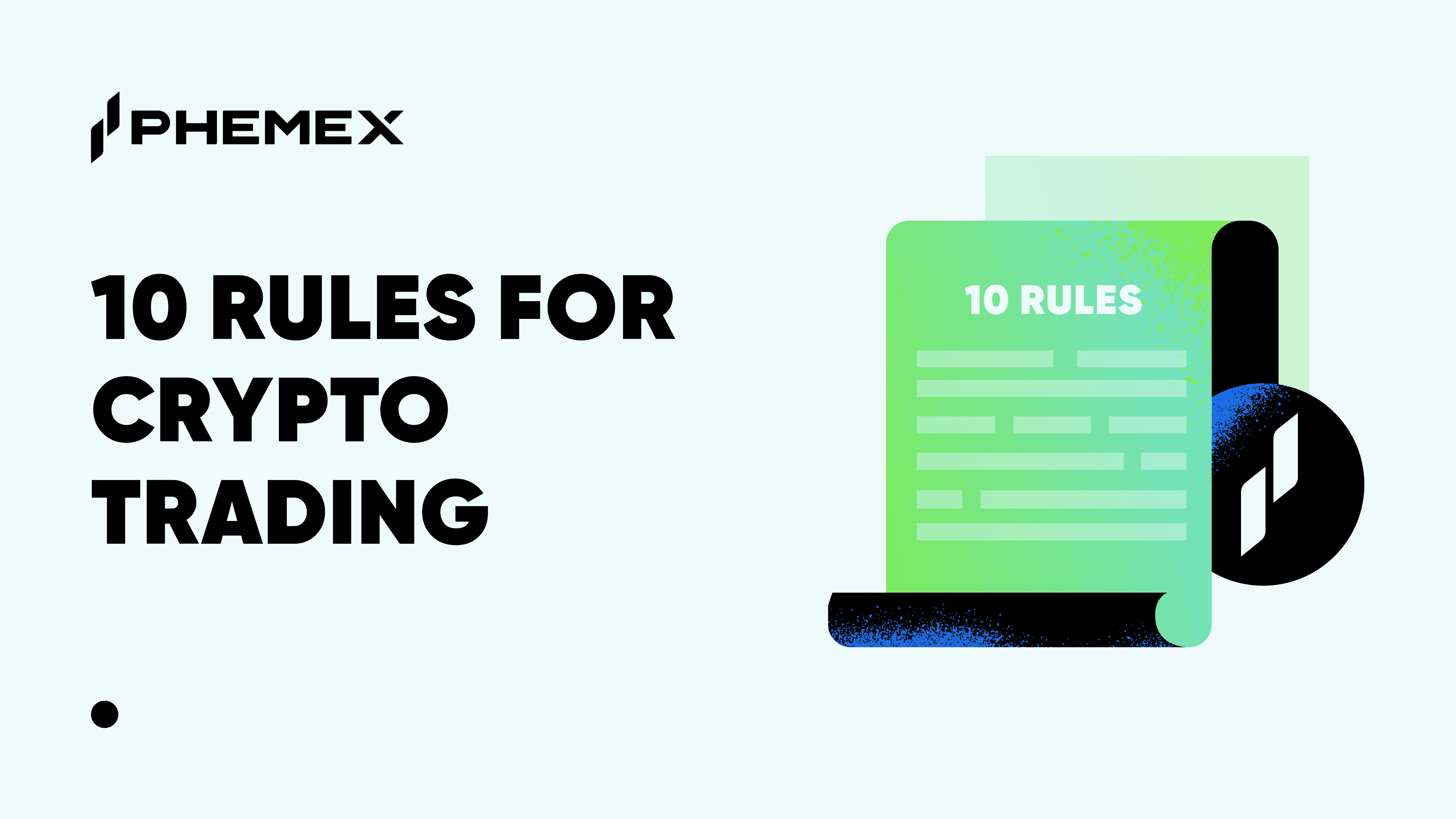In this short article, we are going to talk about the uniqueness of the inverse perpetual swap.
The perpetual swap started as an inversely settled crypto futures contract. The original purpose of this was to skirt the legal issues that would arise when bringing fiat into the equation. This means that instead of settling the contract in USD these were settled in the underlying asset, BTC. This also means that the margin that is put up to open a position is denominated in the underlying asset as well.

Think of how unique this is. If you are trading traditional assets, something like Gold, for example, you would not open a Gold futures contract by first putting up Gold as margin. Instead, you would put up USD. If not settled in delivery of the physical asset, the contract
would be settled in its cash equivalent.
When we deposit BTC on to most derivative exchanges, if we have our BTC in our trading wallet, we are already longing BTC. Let us imagine that one Bitcoin is currently trading at 10,000 USD. If we were to deposit 1 BTC on to the exchange, we are already longing that Bitcoin. If we then opened a perpetual swap for the equivalent of 10,000 contracts on cross margin this would mean that we are now exposed to 2 BTC.
Bitcoin Longs get Liquidated
Here is where it gets tricky. If we did what is mentioned in the example above, we are essentially using 2x leverage with our single underlying BTC as margin. This means that if our trade were to drop 50%, we would be liquidated. This is where the benefits of having a spot exchange and/or a USD wallet equivalent comes into play. We can keep these pools of capital separate. We can simply keep a certain amount of spot BTC on the side and use leverage with the contracts to long or short without worrying about hurting our spot exposure.
Something else to note with inverse swap contracts is that since we are trading something settled in the underlying currency, if we are long, the profits we make in BTC will occur at a decreasing rate while our losses will occur at an increasing rate. Our PnL curve will be non-linear.
(Learn to Trade On A Bitcoin Futures Market: What Are Crypto Derivatives?)
For example, on Phemex, 1 contract = 1 dollar quoted in USD but settled in BTC. If BTC is currently at $10,000, this means that each contract is worth .0001 BTC. If BTC rises to 11,000 now each contract is worth .00009 BTC. With each rise in BTC, the value of a single contract drops in BTC terms. So, to put it simply, as you profit from a long position in BTC, you will receive a BTC settlement, but in a lesser amount since BTC itself is more expensive relative to USD. On the other hand, if BTC/USD drops in value, you will be losing BTC at an increasing rate since BTC itself is cheaper relative to USD.
This means that since we are margined in BTC, longs will be liquidated faster than shorts. The opposite situation arises when we are shorting BTC, where it will take longer to be liquidated if the price moves against us. The inverse perpetual swap is an extremely useful tool for traders to use for both mitigating counterparty risk and getting increased exposure on top of their spot BTC. It is especially important for traders to understand not only how to benefit from something like this, but also of the risks involved. Being able to “long on top of our longs” is a unique benefit only available to crypto.
By Ryan Scott (@CanteringClark)
Read More
- What are Crypto Derivatives: Most Popular Bitcoin Derivatives Explained
- Crypto Derivatives Are Surging, But What’s Missing from the Market?
- What is Perpetual Protocol (PERP): Decentralized Leverage Trading For BTC and ETH
- What is Contract Trading: How to Trade Crypto Derivatives on Phemex
- Using Futures Term Structure and Basis as A Bitcoin Sentiment Indicator
- What are Crypto Derivatives & How do they Work?
- What Are Atomic Swaps and Why Do They Matter?
- What is Contract Trading in Crypto & How does it Work?








